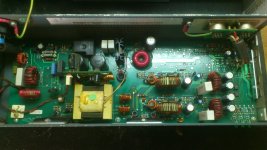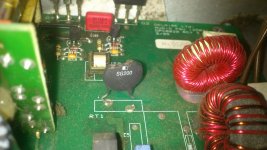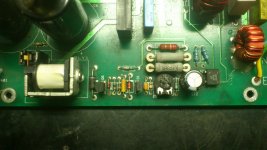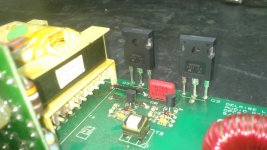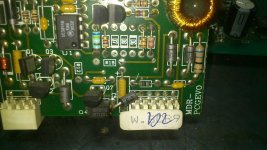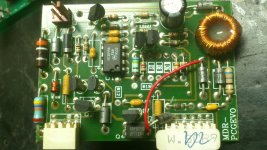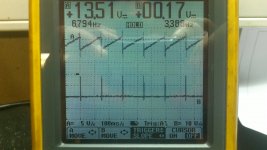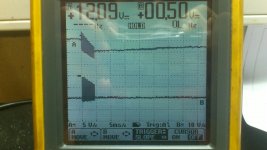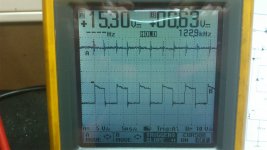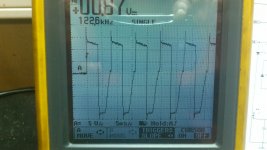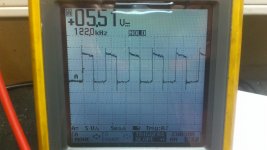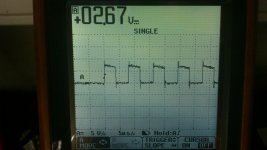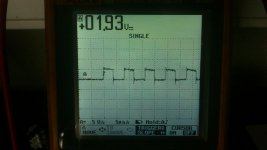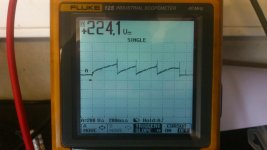Hi, first post here.
I've always admired switch mode power supply's and have always wanted to make one, since I already have a nice small class T amp to go with it, but never had the time and money to invest much.
So when a friend of mine came along with a soundcraft power supply that needed repair I said "sure! I'll take a look at that, no problem.." since it would be a nice learning opportunity
Well..ends up I'm in over my head. Darn thing just wont work.
After fixing a few problems and blowing some mosfets I've spent hours on the net looking for solutions until I found this site witch has been delightful to read.
But anyway..still couldn't figure out my problem..
Is anyone here willing to help a noob in smps??
I have schematics, multimeter with inductance measuring, digital scope and can take pictures
I've always admired switch mode power supply's and have always wanted to make one, since I already have a nice small class T amp to go with it, but never had the time and money to invest much.
So when a friend of mine came along with a soundcraft power supply that needed repair I said "sure! I'll take a look at that, no problem.." since it would be a nice learning opportunity
Well..ends up I'm in over my head. Darn thing just wont work.
After fixing a few problems and blowing some mosfets I've spent hours on the net looking for solutions until I found this site witch has been delightful to read.
But anyway..still couldn't figure out my problem..
Is anyone here willing to help a noob in smps??
I have schematics, multimeter with inductance measuring, digital scope and can take pictures

